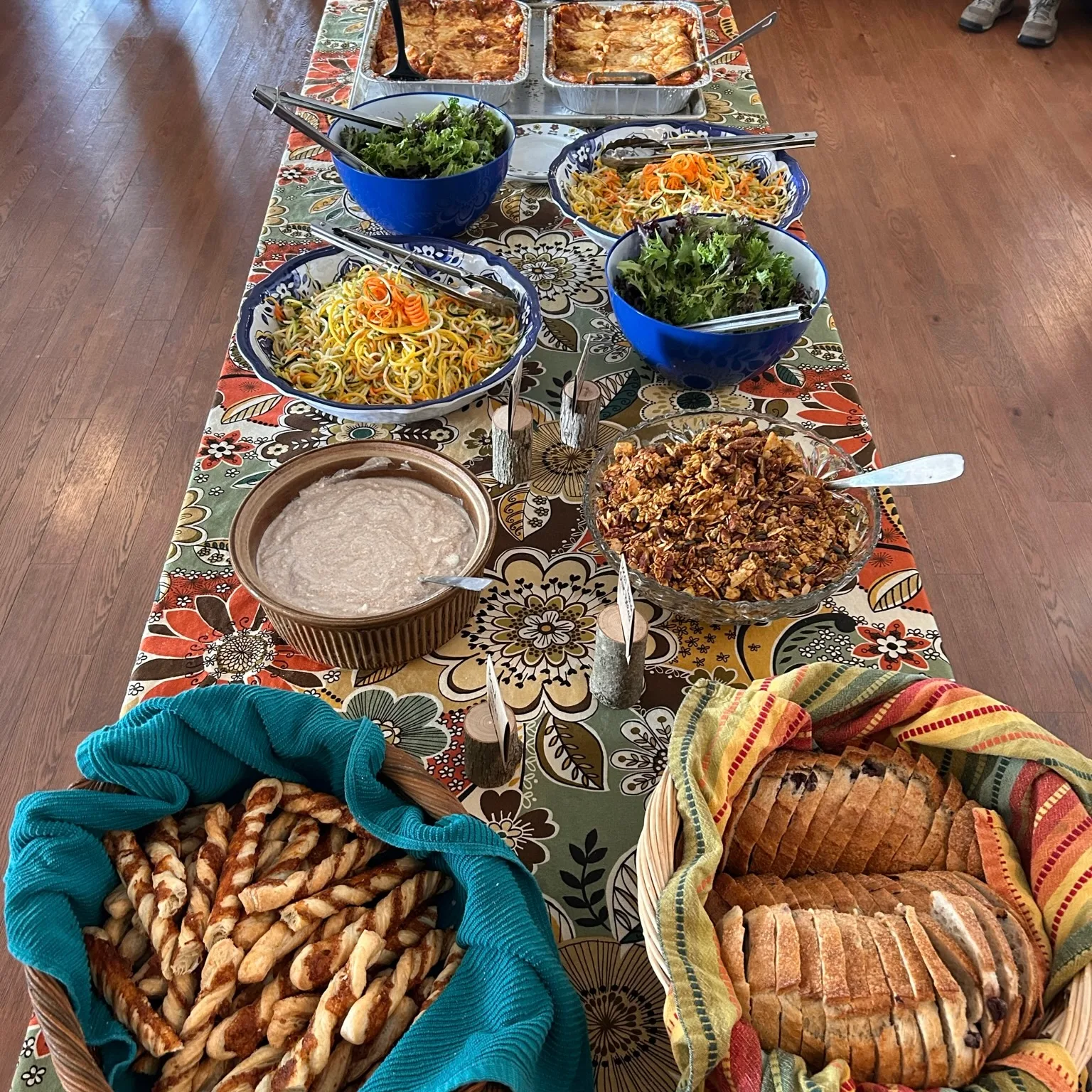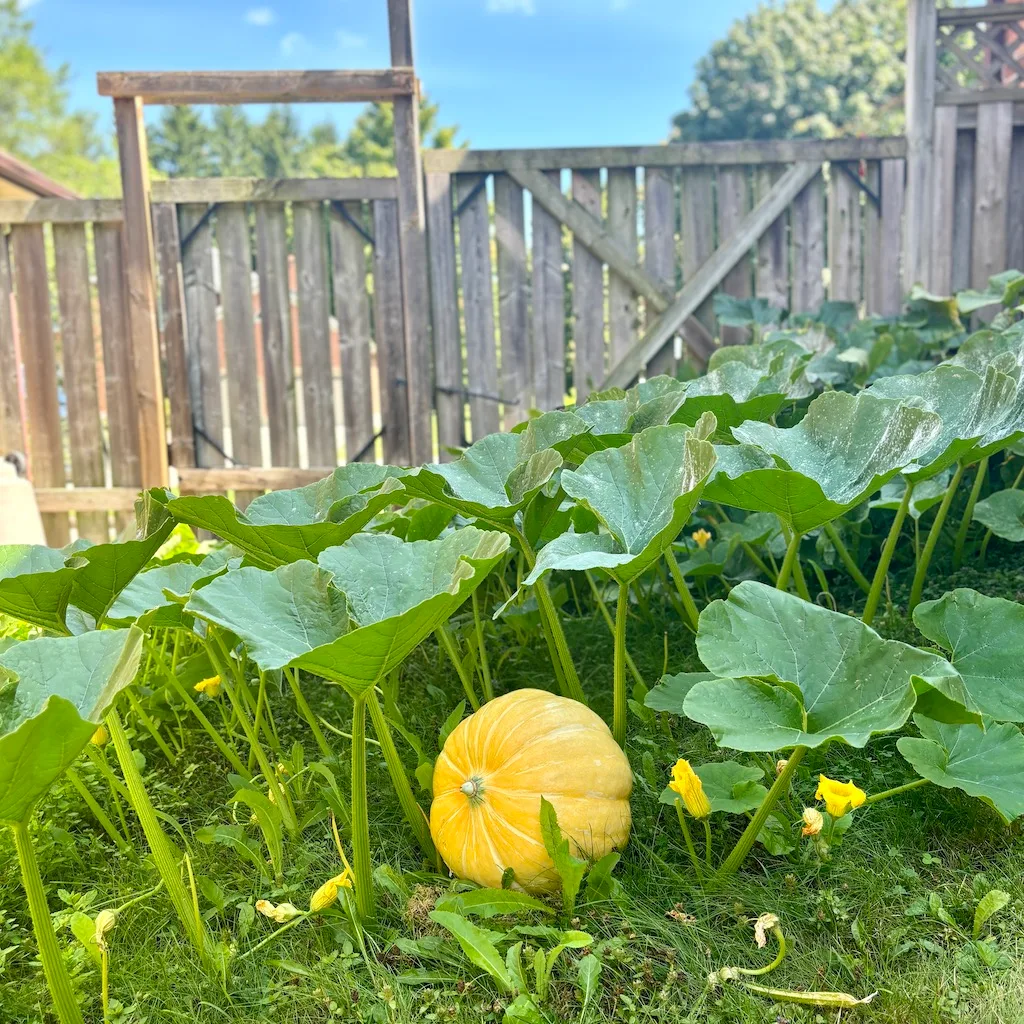In both Yoga and Ayurveda, food isn’t just fuel—it’s a form of consciousness. What you eat influences not only your body, but your mood, clarity, energy, and even your sense of purpose. This is where the concept of the three gunas—sattva (harmony), rajas (activity), and tamas (inertia)—comes in.
A sattvic diet is one of the most practical ways to support a peaceful, vibrant, and balanced mind.
It’s fresh, nourishing, and alive with prana (life force). But more than a checklist of “good” foods, a sattvic approach to eating is about how you relate to food: with mindfulness, simplicity, and care.
It’s not just what you eat—it’s how you eat.
A sattvic diet is as much about consciousness as it is about content. This means cultivating an intentional, peaceful relationship with your meals. Eating becomes a practice of mindfulness and presence, rather than just an act of consumption.
- With gratitude – Begin each meal with a moment of thankfulness, acknowledging the effort, energy, and nature’s abundance that brought the food to your plate. Gratitude uplifts the mind and enhances digestion.
- Without screens – Avoid eating in front of phones, TVs, or laptops. These distractions scatter your awareness, dull your senses, and interfere with your body’s natural signals of hunger and fullness.
- In a peaceful environment – A calm, clean, and aesthetically pleasing space supports sattva. This might mean a quiet table, soft natural light, or even a few moments of silence before eating. Noise, conflict, or a hurried mood can disturb the mind and digestion alike. Serve on dishes that inspire your creativity, or light a candle to honour the cosmic digestive capacity.
- At a moderate pace – Chew slowly. Taste fully. Pause between bites. This allows the body to process food more efficiently and fosters a deeper enjoyment of the meal. Sips of hot water can support moments of ease and awareness.
- With presence – Try to avoid multitasking. Instead, treat each meal as a form of meditation and delight—a time to nourish your body, center your mind, and reconnect with simplicity.

What is a Sattvic Diet?
A sattvic diet emphasizes foods that are:
- Fresh, seasonal, and organic – Think farmers’ markets and garden-to-plate
- Lightly cooked or raw – Steamed, sautéed, baked or sprouted, not fried or overly processed
- Simple and digestible – Nourishment without overstimulation
- Plant-based – Vegetarian, and often lightly spiced
Common Sattvic Foods:
- Grains: White or brown rice, oats, barley
- Legumes: Mung beans, red lentils, chickpeas
- Vegetables: Steamed greens, zucchini, carrots, sweet potatoes
- Fruits: Apples, pears, berries, dates, and ripe bananas
- Dairy: Fresh milk, ghee, yogurt and soft fresh cheese (from happy, healthy cows)
- Spices: Cumin, turmeric, coriander, fennel, ginger, cinnamon
- Sweeteners: Raw honey, maple syrup, jaggery (in moderation)
- Extras: Soaked almonds, sesame seeds, herbal teas

What’s Not Sattvic? And Why?
Not all non-sattvic foods are “bad”—but they create a different kind of energy in the body and mind. Let’s take a closer look with real-life examples:
Rajasic Foods – Overstimulating, Restless Energy
These foods fuel action, ambition, and movement. But too much can lead to anxiety, overthinking, or burnout.
Common Rajasic Examples:
- Spicy curries, hot sauces, deep-fried snacks
- Strong coffee or energy drinks
- Intensely sour food, or strong ferments
- Processed snacks and fast food
- Overeating or emotional snacking
Real-World Example of Rajasic Eating
You skip breakfast, grab a coffee and a sugary sweet on the run, and later find yourself jittery, scattered, and craving more sugar or caffeine. That’s rajasic food feeding rajasic energy: go-go-go until you crash.
Tamasic Foods – Heavy, Dull, Inert Energy
These foods promote lethargy, confusion, lack of inspiration and disconnection when eaten often:
- Leftovers well past their freshness
- Canned or frozen meals
- Alcohol, overly sweet desserts
- Heavily processed, stale, or microwaved food
- Overeating late at night
Real-World Example:
After a stressful day, you microwave a frozen meal, eat it in front of the TV, and feel sluggish and unmotivated afterward. The food may fill your stomach, but it doesn’t energize or inspire you—it pulls you downward in an unhelpful way.
Sattvic Eating in Daily Life: Simple, Not Strict
A sattvic approach is more about awareness and intention than perfection. Here’s how to make it accessible:
Daily Meal Ideas:
- Breakfast: A warm bowl of oatmeal with ghee, dates, and cinnamon
- Lunch: Steamed rice, mung dal, sautéed greens with cumin and ginger
- Dinner: Light vegetable soup with barley and fresh herbs
- Snack: Fresh fruit or soaked almonds
- Beverages: Herbal teas, warm water with lemon, hot milk with cardamom and maple syrup
Everyday Tips:
- Eat fresh when you can. Even one fresh-cooked meal a day is a good start
- Create a peaceful eating space—no phone, no stress talk, less rushing
- Notice how food feels afterward. Do you feel light, calm, and clear?
- Honour consistent meal times and don’t skip meals due to busy, lazy or procrastination.

Food as a Mirror of Mind
In Ayurveda, your digestion is not just physical—it’s mental and emotional too. If your meals are rushed, heavy, or eaten while distracted, the mind takes in that same energy.
The goal is not to fight or ignore rajasic or tamasic tendencies—change takes time. But try to lead with sattvic intentions, making it the guiding force as you nourish yourself through gratitude, with simple and wholesome choices.
Final Thought: Start Small, Stay Gentle
You don’t need to overhaul your kitchen, meal plan or schedule overnight. Start by cooking with sattvic considerations of care and harmony. Try adding gratitude before you eat. Observe how it shifts your day. The sattvic path is the path of subtle, creative and patient transformation.
One conscious bite at a time…..



